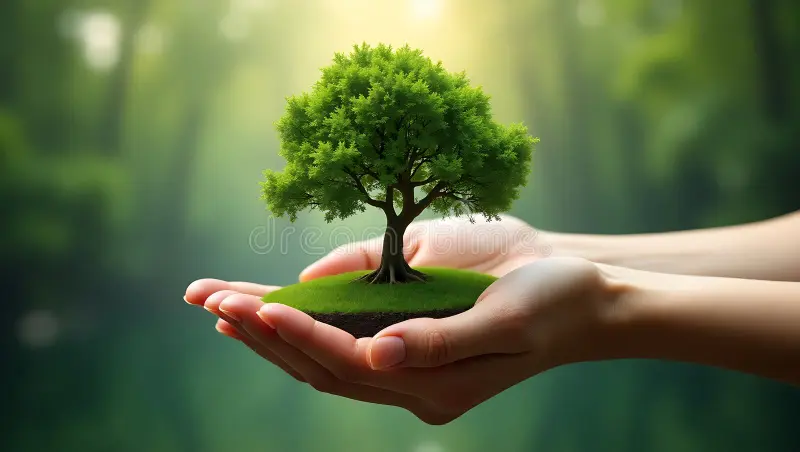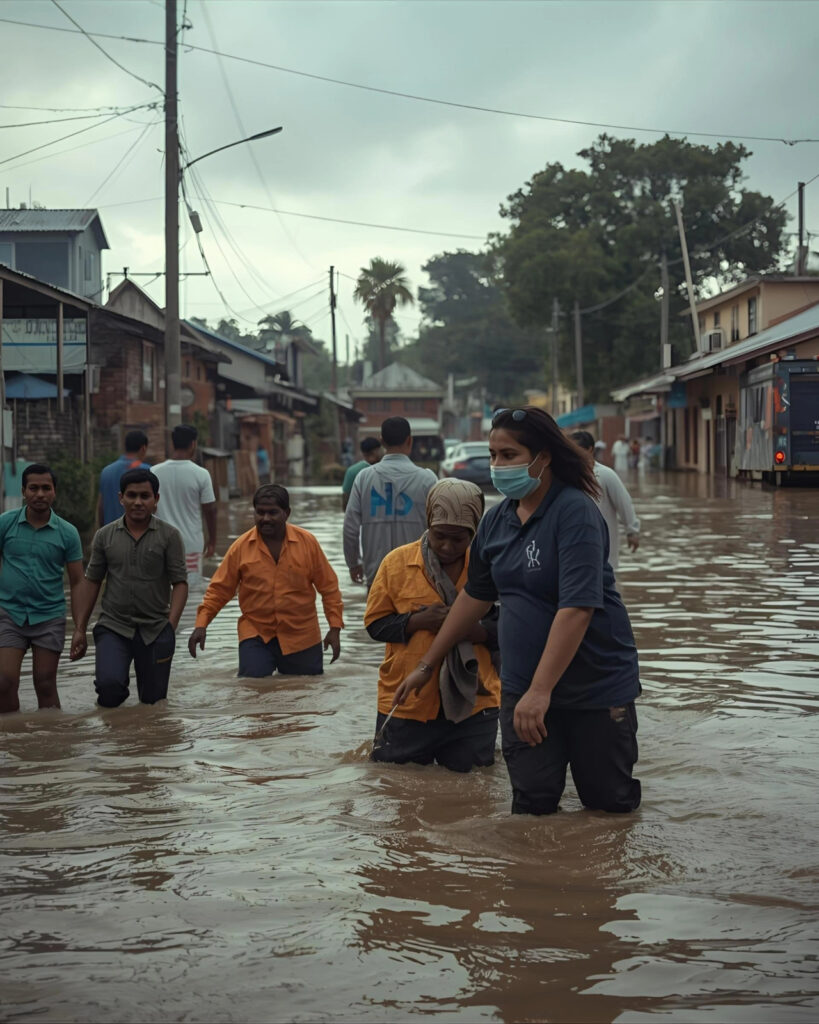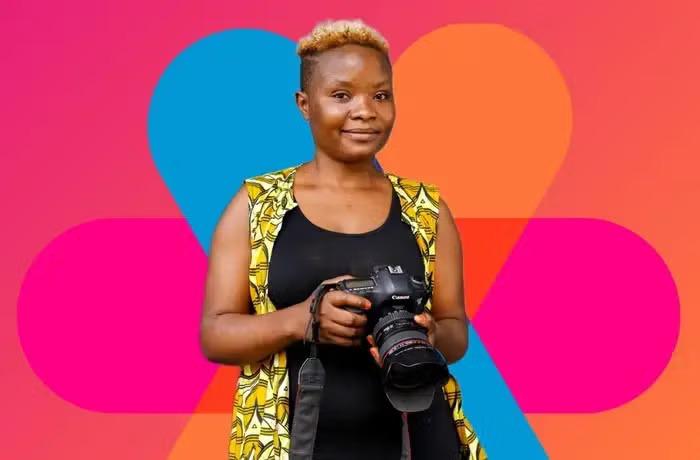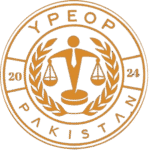💧 Water-Powered Energy Source — Turning Innovation into Sustainable Power

The world today stands at a critical point where energy demands are rising, fossil fuels are depleting, and climate change threatens our future. In this era of uncertainty, our Water-Powered Energy Source Project offers a bold and revolutionary solution — transforming the simplest element of life, water, into a sustainable source of clean energy. Developed under the YPEOP Climate Innovation & Research Program, this project is a symbol of hope, creativity, and scientific progress. Through the use of hydrogen-based electrochemical technology, we convert ordinary water molecules into a renewable energy stream capable of powering vehicles, electric generators, and small industrial units — all while producing zero carbon emissions. The innovation not only challenges traditional fuel systems but also provides a realistic, affordable, and environment-friendly alternative for developing countries like Pakistan, where energy shortages continue to impact economic growth and quality of life. Our objective is not merely to create an invention, but to ignite a movement — one that inspires youth, researchers, and engineers to believe in local innovation and global change. By focusing on clean energy generation from natural resources, the project aims to: We envision a future where Pakistan becomes a hub of sustainable energy solutions, built not on imported fuels but on homegrown technology and intelligent design.The Water-Powered Energy Source Project is not just a step toward progress — it is a promise to the planet, proving that with innovation, compassion, and determination, even a single drop of water can light the world.“From Water to Power — A Revolution in Sustainable Energy.”
🌊 Flood Relief & Emergency Response

Natural disasters don’t wait, and neither do we. YPEOP’s Flood Relief & Emergency Response initiative is designed to act fast and save lives when communities are hit by floods and emergencies. Our dedicated teams work on the ground to provide rescue operations, food distribution, first aid, temporary shelters, and psychological support for survivors. This project not only focuses on immediate response but also on long-term recovery, helping families rebuild their homes, restoring livelihoods, and creating awareness for future preparedness. By combining youth volunteers, trained rescuers, and local partnerships, YPEOP ensures that no affected family feels abandoned in times of crisis. “Where there is disaster, there must be hope, and we carry that hope to every door.”
National Force for Integrity (NFI-313)

National Force for Integrity (NFI) is a bold initiative of YPEOP, designed to redefine how justice and protection are delivered for women in Pakistan. The model aims to establish a rapid-response safety force where victims of harassment or violence no longer have to face the trauma of lengthy police or court processes. Instead, cases will be reported directly to NFI, investigated with transparency, and resolved within 24 hours, ensuring immediate justice and dignity for survivors. This project is currently in the development stage, but we are opening the idea for public review and feedback. Your voice matters, share your thoughts, suggestions, and support to help us shape a system that stands against harassment and safeguards integrity in our society.
Half the world, only a quarter of the news: Women appear or are heard in just 26 per cent of all broadcast, radio and print clips.

Thirty years after governments pledged transformative change for women through the Beijing Declaration and Platform for Action, a new global study finds women remain almost invisible in the world’s news. 4 September 2025 New York – Women make up half of the global population, yet just a quarter of those who are seen or heard in the news. This statistic has barely changed in the last 15 years, with a mere nine-point change in 30 years. The latest edition of the Global Media Monitoring Project (GMMP), produced by the international communication rights organization WACC and supported by UN Women’s ACT to End Violence against Women programme, is the largest and longest-running research study on gender representation in the media. This year’s findings reveal that women account for just 26 per cent of news subjects and sources, demonstrating a stark absence in broadcasting, radio and print. This lack of representation is especially critical for young women and girls who do not find themselves represented in mainstream media. Equally alarming: Gender-based violence barely makes the news, despite affecting half the world’s population. Fewer than 2 in 100 stories cover the abuse that far too many women experience. In addition, only 2 of every 100 stories clearly challenge stereotypes, confirming that news media remains a sticky barrier to gender equality by reinforcing existing biases. Journalism that counters gender stereotypes is now at its lowest level in three decades of GMMP monitoring, clear evidence that the growing global pushback against women and girls is undermining hard-won progress. “Media reflects reality – and is essential for democracy and a fair and equal world for all women and girls. But when women are missing, democracy is incomplete,” said Kirsi Madi, UN Women Deputy Executive Director. “In today’s backlash against gender equality, these findings are both a wake-up call and a call to action. A radical rethink is needed so that media can play its role in advancing equality. Without women’s voices, there is no full story, no fair democracy, no lasting security and no shared future.” Despite this sobering picture, there has been progress in some areas. For example, 41 per cent of reporters in traditional news articles are now women, an improvement from 28 per cent in 1995. This is especially important because stories by women journalists are consistently more likely to include women subjects (29 per cent) than stories by men (24 per cent), underlining the importance of parity in newsroom staffing as a pathway to more equal representation. “The GMMP is a global accountability tool,” said Sarah Macharia, GMMP Expert Group Convenor. “Thirty years of data reveal both the persistence of deep-rooted stereotypes and the need to radically change our strategies toward a more inclusive, representative journalism.” In media, voices of authority are still male-dominated. Women are more often quoted as eyewitnesses giving personal accounts – and not as subject matter experts, despite their qualifications. The 2025 findings come at a landmark moment for gender equality, as the world enters the final five years of the Sustainable Development Goals, and marks Beijing+30 at the 80th UN General Assembly. The findings underscore an urgent truth: backlash is real, progress is stalled, and accountability cannot wait. “Women and girls deserve to see themselves represented in media and to have their stories told. The responsibility now lies with governments, editors, platforms and policymakers to make this equality real,” said Kirsi Madi, UN Women Deputy Executive Director. “We will not back down until women’s voices are heard in every newsroom and every story.” For more information, see the summary of key findings. Media contacts UN Women Media Team: [ Click to reveal ] WACC media contact: Sara Speicher, [ Click to reveal ] About UN Women UN Women exists to advance women’s rights, gender equality and the empowerment of all women and girls. As the lead UN entity on gender equality, we shift laws, institutions, social behaviours and services to close the gender gap and build an equal world for all women and girls. We keep the rights of women and girls at the centre of global progress – always, everywhere. Because gender equality is not just what we do. It is who we are. About ACT The ACT programme is a joint initiative led by UN Women in collaboration with the UN Trust Fund to End Violence against Women and is funded by the European Union. With its focus on feminist movements, partnerships and coalition-building, ACT helps drive the evidence, momentum, and collaboration needed to stop violence against all women and girls. About WACC The World Association for Christian Communication (WACC) is an international organization that promotes communication as a basic human right, essential to people’s dignity and community. It advocates full access to information and communication, and promotes open and diverse media.
Hello world!
Welcome to WordPress. This is your first post. Edit or delete it, then start writing!
